What I did when I was diagnosed with Multiple Sclerosis
 The road to a diagnosis of multiple sclerosis may have come in a whirlwind of a day or at the end of long, agonizing years. The destination is all the same – a mysterious, unpredictable and unseen disease.
The road to a diagnosis of multiple sclerosis may have come in a whirlwind of a day or at the end of long, agonizing years. The destination is all the same – a mysterious, unpredictable and unseen disease.
When I received my diagnosis Thursday, July 7, 2016, I didn’t know a thing about multiple sclerosis.
I knew about diabetes, cancer and heart disease. Why wasn’t I familiar with MS? Isn’t that the “wheelchair disease?”
The questions ransacked my mind.
- What’s going to happen to my body?
- What had already happened to my body?
- What caused it?
- Did I do something to bring this on?
Like it or not, MS was now part of my world.
I felt like I just booked a plane ticket for an undisclosed destination. No trip planner. No time for online reviews. No travel agent recommendations. Nada. Just signed, sealed and delivered. I knew, however, I needed to hit the road with the best possible plan to restore and maintain my health.
I wanted MS to know that I was in charge.
MS was not going to determine my health or my future.
So, I had the right mindset, but not a clue where to begin.
According to my neurologist, I needed to start on a disease modifying drug. These drugs are designed to reduce the MS attacks and slow down the damage to the central nervous system (the brain and spinal cord – the place of attack for this autoimmune disease).
Personally, I believe there is an incredibly valuable place in this world for medicine and in my opinion, this was one of those places. However, I also knew from my years of studying nutrition and wellness strategies I needed more than what the medicine cabinet could offer to truly conquer this disease. I needed the best of both worlds – the main medication to address the disease and a highly personalized, research-based nutrition plan.
My gut told me two things:
- My body had sustained an immense level of chronic stress over the recent years – I changed careers, completed a triathlon, attended culinary school in NYC, helped to care for my mother during cancer treatments and ultimately grieved her passing. These intense years not only drove me into extreme adrenaline fatigue but likely created a firestorm of other stress-induced damage I was just beginning to discover. Based on my research, stress was actually powerful enough to “turn on” an autoimmune disease like MS. I would never know what actually turned MS on in my body, but I knew I needed to arm myself with as much ammo as possible to stabilize this disease.I was onboard with taking the disease modifying drug based on the recommendation of my neurologist. However, all medications have risks and benefits and sometimes the risks don’t outweigh the benefits. For me, the symptom-management medications were not compelling enough for my current state of health. I didn’t have extreme symptoms, and I didn’t want to start popping pills like movie theatre popcorn. Outside of the main medication, I wanted to begin healing my body through diet and lifestyle first. I knew the research and experienced the body’s healing abilities in the past.
- I needed to pursue my own healing plan as if it was my only path to restore my health. The reality is my body didn’t get MS because it was deficient in a disease modifying drug. The medicine would help, but it’s not addressing the root cause. There was something on a much deeper level that allowed this gene to turn on. Through reading and research and discovering the profound work of Dr. Terry Wahls, I learned about a new path to stopping the progression of this disease. Dr. Wahls – a medical doctor diagnosed with MS – had the food prescriptive plan to reversing MS through paleo principles and the science to back it up. Step aside Beyonce, you may slay a dance floor like no other, but Dr. Wahls is my new hero. She’s slayin up some serious healing in the kitchen. I knew if I didn’t get to the root cause of what turned the disease on in my body, the medication would only take me so far. For the best chance of truly stopping the progression of this disease, I needed to get to the root of it.
Here’s what I did when I left my neurologist’s office and invite you to do the same.
Eat.

Deep healing starts in the kitchen. Hippocrates said it himself, “Let food be thy medicine and medicine be thy food.” Food – real whole food – has the nutrients our cells need to thrive and heal. I needed to ensure that my body was receiving the proper nutrients to stand up to MS; and equally as important I needed to ensure my body was digesting and absorbing the nutrients I was giving it. The latter half is the most overlooked yet essential part of the equation.
Thanks to the clinical research of Dr. Terry Wahls, the science was already done to show not only the nutrients my body needed to heal from MS but also the prescriptive menu to achieve it. And so it began… eliminating gluten, dairy, soy and eggs, and fueling up on my nine cups of veggies a day. Healing my gut. Healing my cells. Healing my life.
Start Now: How many veggies do you eat in a day? When was the last time you had a veggie? (Unlike our school cafeterias French fries and ketchup don’t count!) Add one at your next meal… even at breakfast. Toss some veggies in an omelet or spinach in your smoothie.
Sleep.
The importance of sleep goes far beyond the beauty benefits. When we sleep our body doesn’t have to move, digest food or think critically. That enables our body to use its energy to remove toxins, manufacture hormones and fight infection. Sleep may seem passive, but it’s prime time hours for the body to detox and repair – essential components to anybody, especially those suffering from an autoimmune disease like MS.
At the time of my diagnosis, I had an incredibly demanding schedule. As a personal trainer, I lead a weight loss class that began at 6 am. And some nights I have been at the gym as late as 10 pm, so sleep was a luxury. However, if I was serious about standing up to MS and doing everything in my power to support the healing process, I needed to prioritize sleep. I couldn’t change the time of my morning alarm but I did become more efficient with getting to bed and getting off the electronics an hour prior to snuggling in.
Start Now: Aim for 7-8 hours of sleep a night in a dark, cool room. If you’re completely off the mark for this now, shoot for 30 minutes earlier than your current bedtime. Once that becomes an easy habit, progress with another 30-minute increment until you reach your goal.
Chillax.
Stress is part of life. Work/life balance is a myth. It’s time to get a grip on what’s stressing you out, set realistic expectations in all areas of your life and prioritize a little chill-axation.
This was by far the greatest challenge for me. Veggies – I got them. Earlier bed time – it’s not easy, but I can deal. Chill on the couch? There might as well have been needles poking out of the couch cushions, it was straight up torture. The idea of doing “nothing,” was actually stressful to me. I wasn’t being productive! There were so many other things to do.
I always circled back to my “why.” Why does this matter? What’s the risk if I don’t change my habits? What’s the payoff if I do? Remembering my why – standing up to MS – got me through the ick of learning to deal with it. My body needed “active rest,” time outside of my sleeping hours to unwind and relax.
Start Now: What’s one expectation you’ve put on yourself or your life that if you let go of, could free you from guilt? Do it! (Cue Free Your Mind for a little En Vogue action!)
This became my starting point of a very long, very rewarding road to healing. Everyone’s path is as unique, but if given the chance, the body will heal itself.
Let’s give your body that chance, shall we?
This post originally appeared on alenebrennan.com. Reprinted with permission.
Alene Brennan has been featured in USA Today, Philadelphia Inquirer, Huffington Post and Mind Body Green. Alene overcame debilitating migraine headaches through diet and lifestyle and is now once again using a “Less Pharm, More Table” approach is managing her diagnosis of Multiple Sclerosis. Alene holds four certifications: Nutrition Coach, Yoga Instructor, Personal Trainer and Natural Food Chef. She also completed specialized training in nutrition for autoimmune disease specifically the Wahls Protocol and the Autoimmune Protocol. Since receiving her MS diagnosis and seeing first-hand the power of using diet and lifestyle to create a healing environment in the body, she dedicated her virtual nutrition coaching practice to helping people with MS and autoimmune diseases take back control of their health. Visit her website, alenebrennan.com.

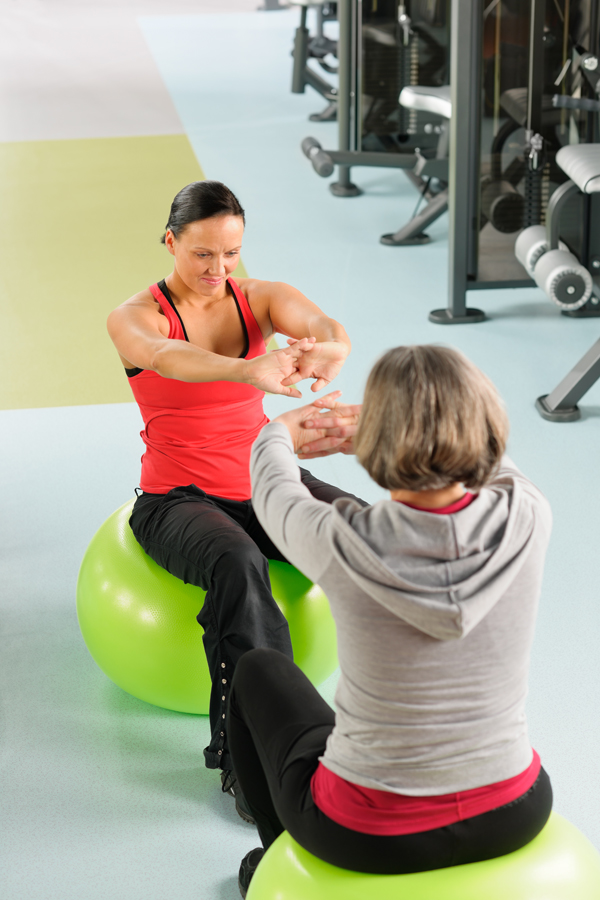
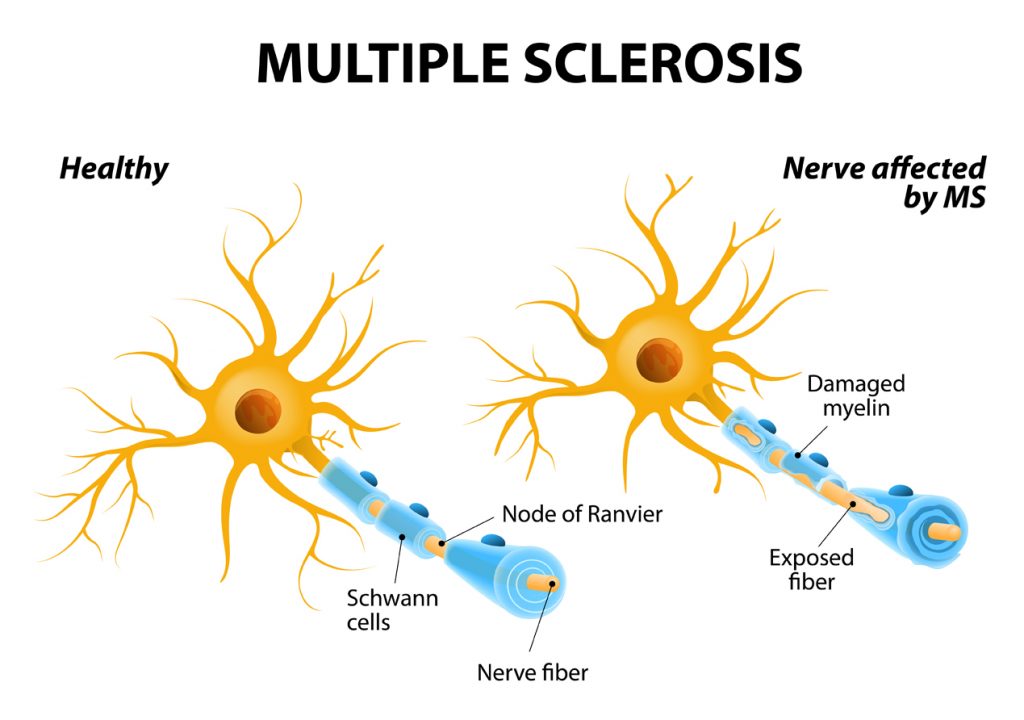
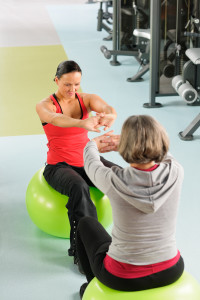


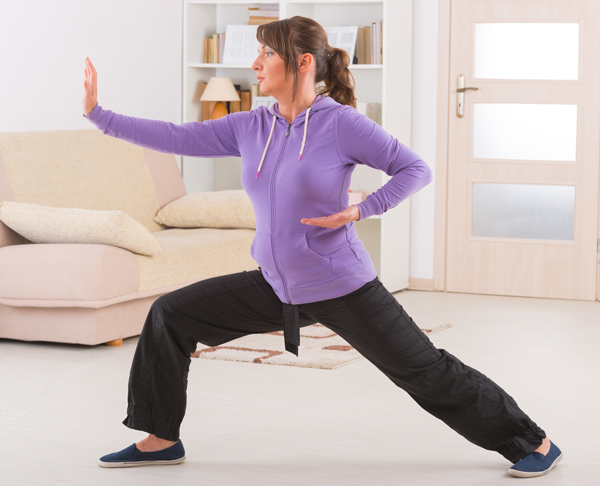
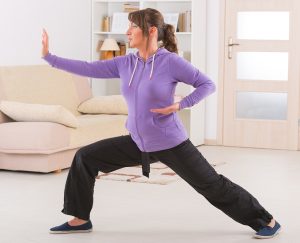 Tai chi, an ancient Chinese tradition that was originally a form of self-defense, has been transformed into a form of exercise that is considered good for people of all ages and fitness levels. Tai Chi is a series of slow movements combined with deep breathing.
Tai chi, an ancient Chinese tradition that was originally a form of self-defense, has been transformed into a form of exercise that is considered good for people of all ages and fitness levels. Tai Chi is a series of slow movements combined with deep breathing.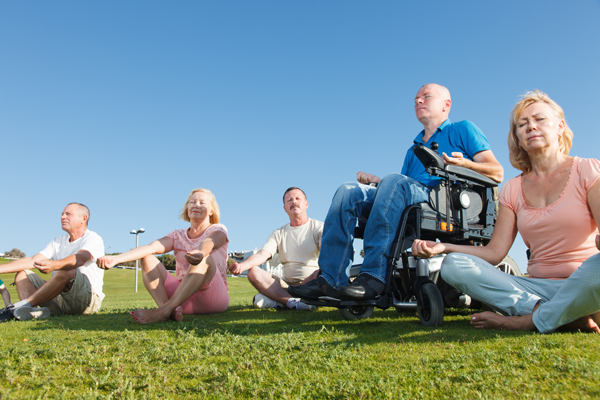

 What exactly causes Multiple Sclerosis is not known but there are symptoms to look out for. The symptoms are fatigue, walking difficulties, vision problems, spasticity or stiffness, weakness, bladder problems, depression, dizziness or vertigo, emotional changes, cognitive changes, pain, headaches, tremors and breathing problems. Exercise prescriptions need to be planned according to the symptoms that are being presented. Each time you work with your trainer talk to them about how you feel that day. This will help to ensure that you don’t overdo a workout.
What exactly causes Multiple Sclerosis is not known but there are symptoms to look out for. The symptoms are fatigue, walking difficulties, vision problems, spasticity or stiffness, weakness, bladder problems, depression, dizziness or vertigo, emotional changes, cognitive changes, pain, headaches, tremors and breathing problems. Exercise prescriptions need to be planned according to the symptoms that are being presented. Each time you work with your trainer talk to them about how you feel that day. This will help to ensure that you don’t overdo a workout.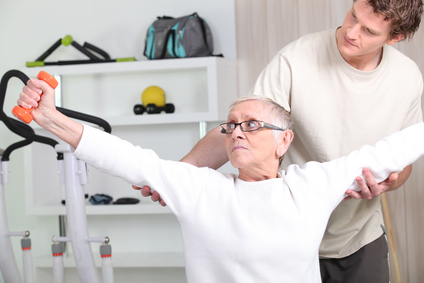




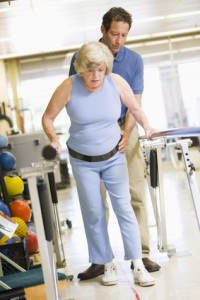 Balance Training
Balance Training